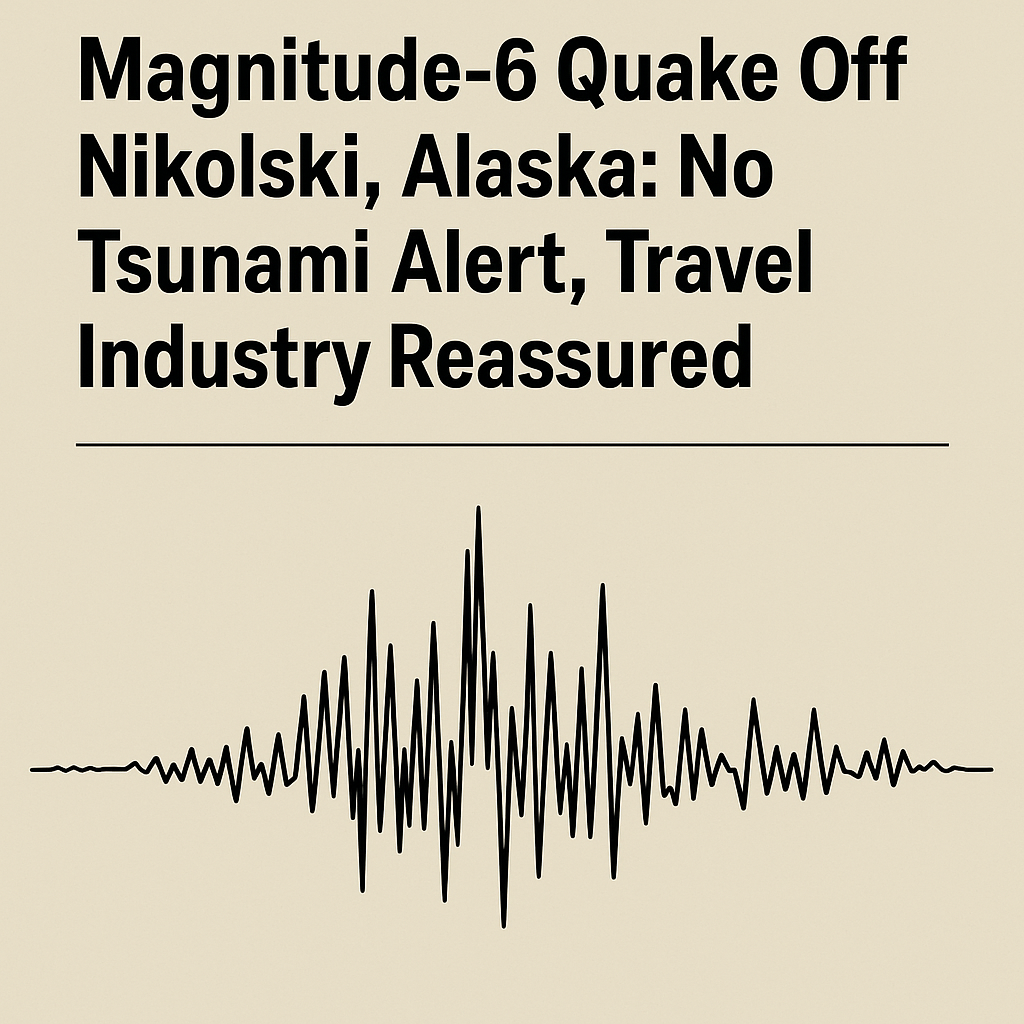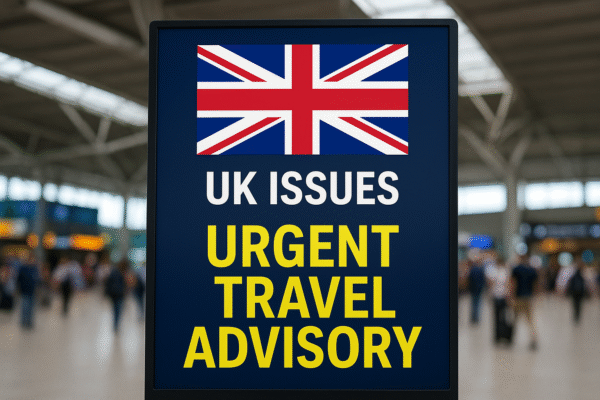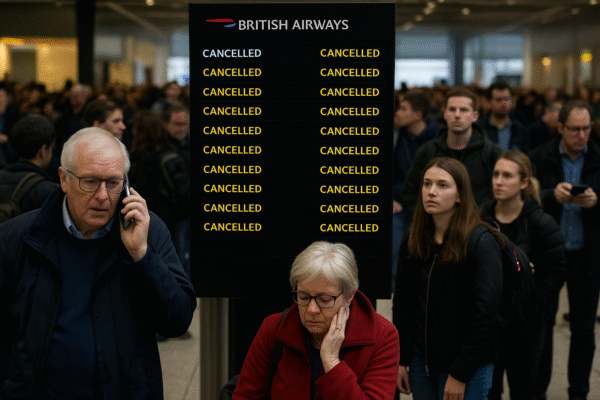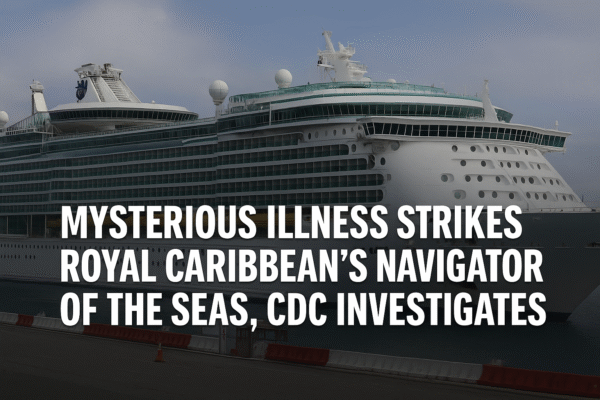LOS ANGELES, CALIFORNIA — Royal Caribbean’s Navigator of the Seas returned to the Port of Los Angeles on July 11, 2025, after a weeklong cruise to Mexico was marred by a widespread illness that affected more than 140 passengers and crew. According to the U.S. Centers for Disease Control and Prevention (CDC), the outbreak involved symptoms consistent with gastrointestinal viruses, prompting a federal investigation into the cause.
The outbreak began just one day into the cruise, which departed on July 4 with 3,914 passengers and 1,266 crew onboard. A total of 134 passengers and 7 crew members reported symptoms including vomiting, diarrhea, and abdominal cramps. The source of the illness remains unidentified, though norovirus—one of the most common causes of cruise ship sickness—is suspected and currently under laboratory analysis.
Royal Caribbean Responds with Sanitation and Quarantine Protocols
In response to the outbreak, Royal Caribbean activated its comprehensive outbreak response plan, which includes quarantine measures for affected passengers and enhanced sanitation efforts throughout the ship. High-touch areas such as elevator buttons, handrails, and public restrooms were disinfected frequently, and shipboard medical teams collected stool samples for analysis.
“We take every case seriously and implement rigorous protocols to ensure the health and safety of our guests and crew,” said a Royal Caribbean spokesperson in a press statement. The company continues to cooperate with the CDC and is reviewing all health practices on board.
CDC Monitoring Under the Vessel Sanitation Program
The CDC’s Vessel Sanitation Program (VSP), designed to prevent the introduction and spread of gastrointestinal illnesses aboard cruise ships calling at U.S. ports, is now actively involved. Inspectors from the CDC are working with Royal Caribbean to trace the source of the outbreak and ensure that sanitation guidelines were properly followed.
Cruise lines are required to report to the CDC within 24 hours of a suspected outbreak. The CDC typically gets involved when 3% or more of passengers or crew report similar symptoms—far less than what was reported in this case. The Navigator’s illness rate surpasses the threshold, raising concerns about the continued vulnerability of confined shipboard environments to viral spread.
Not an Isolated Case: Recent Cruise Illness Trends
The incident aboard Navigator of the Seas is the latest in a series of illness outbreaks to strike the cruise industry this year. In early 2025, a similar outbreak affected more than 80 passengers on Holland America Line’s Koningsdam, and another hit over 240 people aboard Cunard’s Queen Mary 2 during an international voyage. In April, Princess Cruises also reported more than 90 passengers ill on a transatlantic crossing.
Though outbreaks are closely monitored, they remain relatively infrequent considering the tens of millions of passengers who cruise globally each year. Still, each occurrence presents a high-profile challenge for an industry seeking to rebuild public trust post-COVID-19.
What Passengers Should Do to Stay Safe
For cruise travelers, especially during peak summer travel season, basic hygiene remains the most effective defense. The CDC recommends frequent handwashing, especially before eating and after using the restroom. Hand sanitizer should be used when handwashing is not possible. Avoiding self-serve buffets and reporting symptoms early can also help limit the spread.
Travelers are also encouraged to review a ship’s latest CDC inspection scores, available publicly through the CDC’s Vessel Sanitation Program website. These reports offer insight into a ship’s hygiene practices, including food handling, water quality, and sanitation protocols.
Enhancing Health Security Across the Cruise Industry
The cruise industry has made substantial investments in improving health safety post-pandemic, including upgrading onboard medical facilities, expanding medical staff, and partnering with health authorities for rapid response. Cruise lines like Royal Caribbean have implemented robust protocols, including isolation cabins and shipboard testing, to address potential outbreaks before they escalate.
The Cruise Lines International Association (CLIA) has reaffirmed its commitment to health and safety, noting that member cruise lines meet or exceed public health standards worldwide. However, critics argue more needs to be done to ensure transparency and accountability when outbreaks occur.
Future Outlook and Lessons Learned
While the Navigator of the Seas incident is unfortunate, it provides an opportunity for renewed scrutiny of illness prevention measures aboard cruise ships. Royal Caribbean is expected to conduct an internal review, and passengers affected by the outbreak are being offered medical follow-ups and onboard compensation.
The CDC’s findings will determine whether norovirus or another agent caused the outbreak. If confirmed, cruise lines may face updated recommendations or regulations ahead of the winter cruise season, when illness transmission is historically higher.
As cruise travel rebounds to pre-pandemic levels, the balance between luxury leisure and public health remains delicate. Ongoing education, rigorous sanitation, transparent communication, and swift action are key to ensuring that cruise passengers continue to enjoy safe, memorable voyages.
For more travel news like this, keep reading Global Travel Wire

















